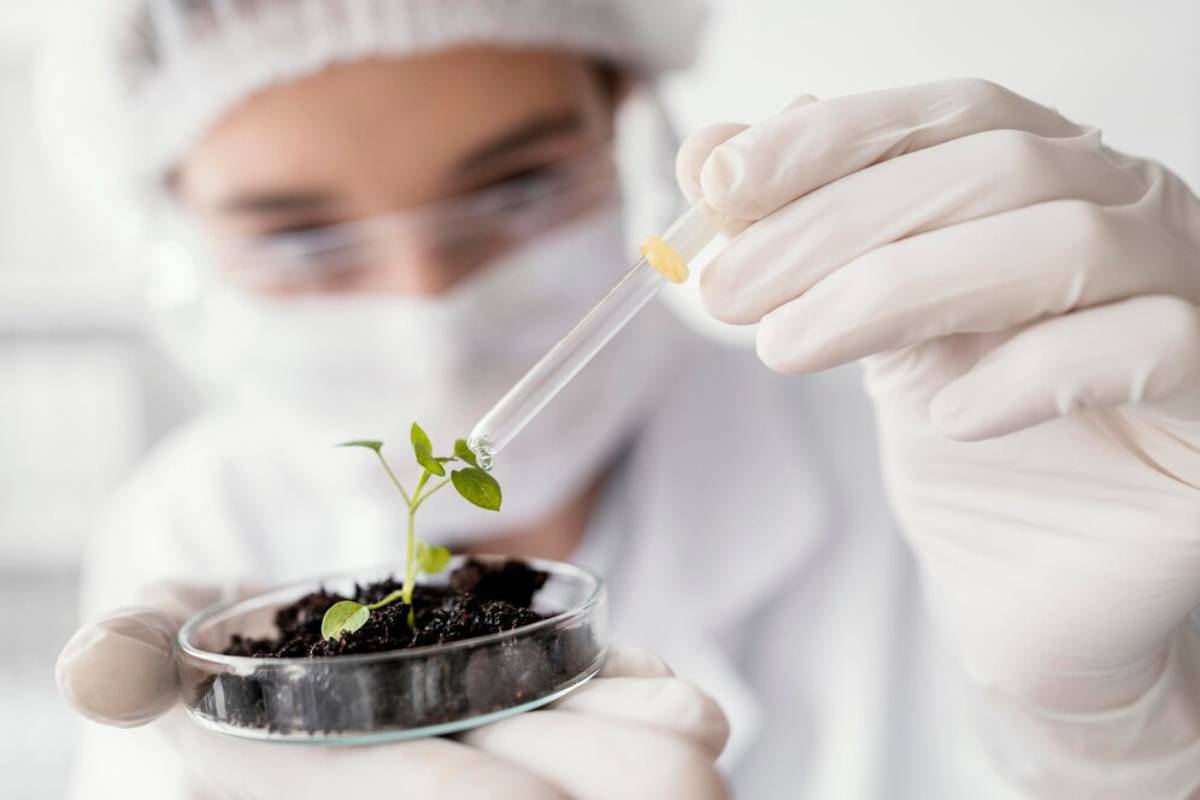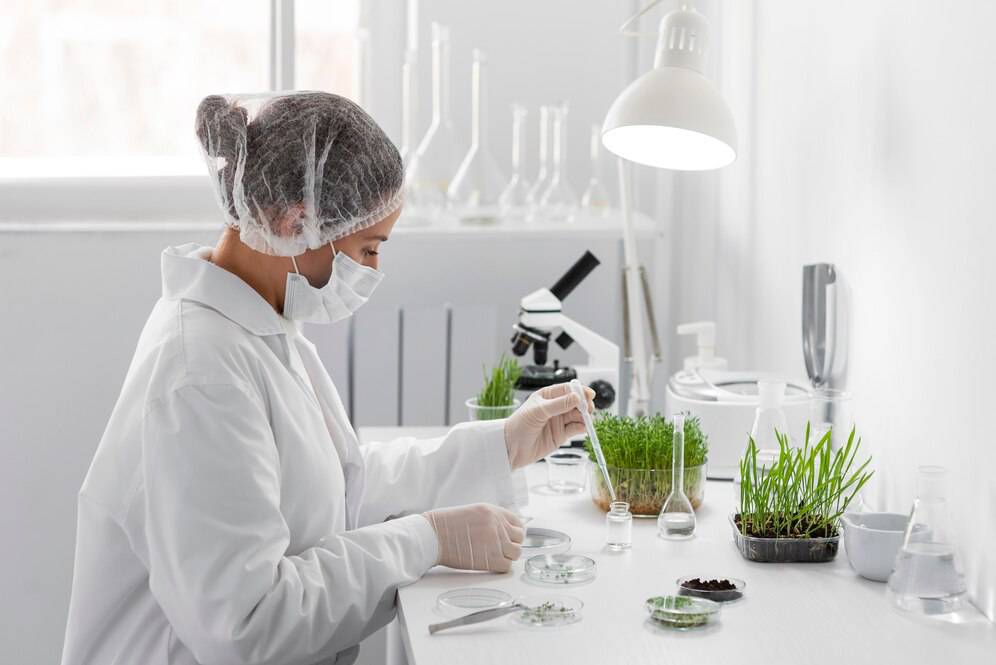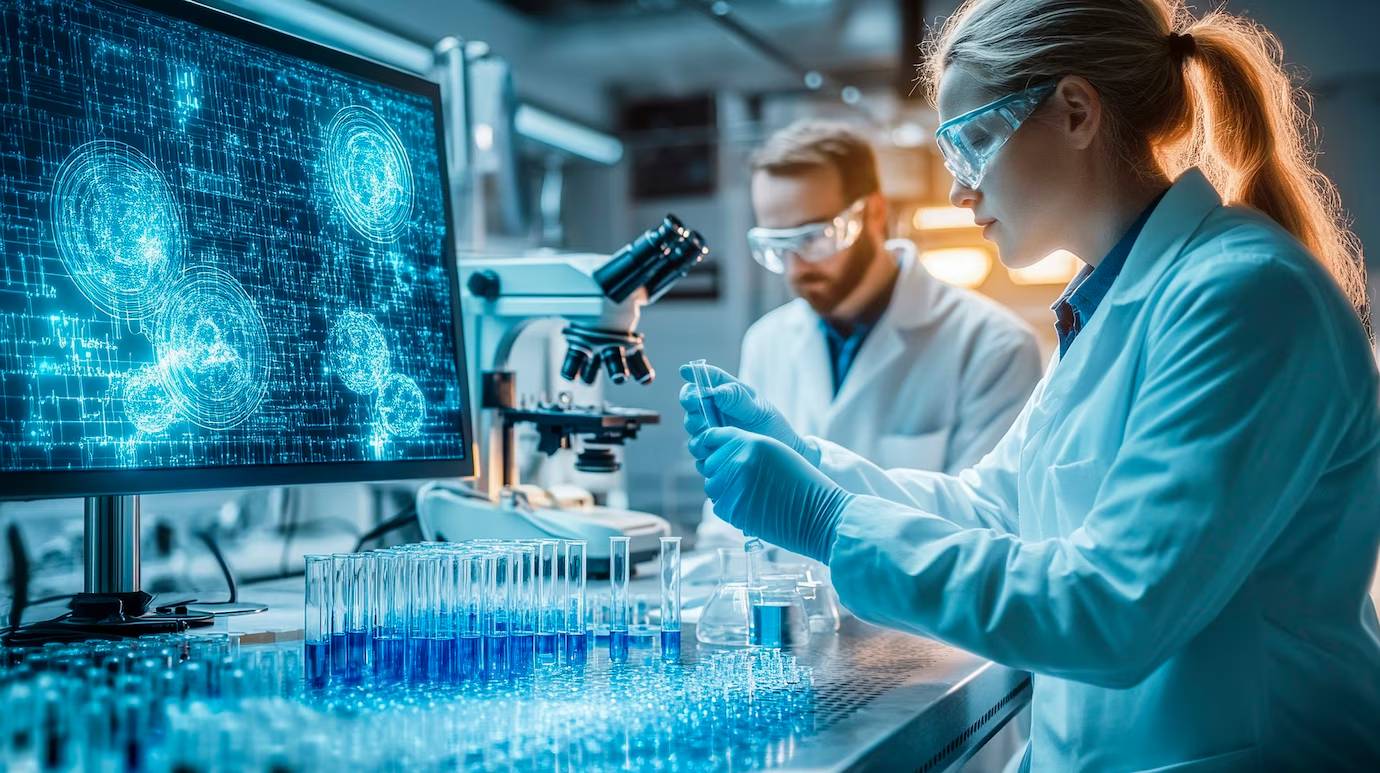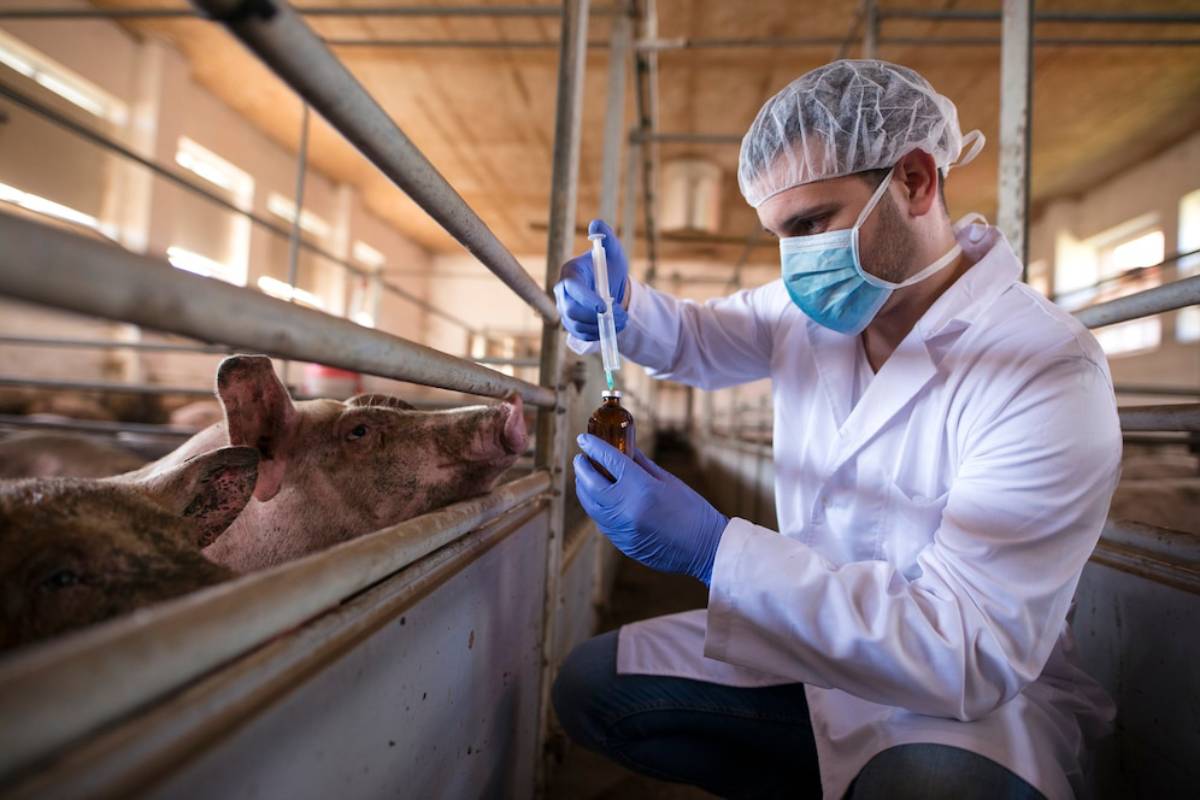
How to Create a Sustainable Lab for Biotech Research: A Comprehensive Guide
Lately, the importance of sustainability in scientific research has grown clear. As climate change worries grow, the need for eco-friendly practices is urgent. So, building a sustainable lab for biotech research is now more important than ever. This guide will cover key steps to set up a lab. It will focus on meeting the needs of advanced biotech research while also promoting sustainable and green practices.
Introduction

Biotech research holds the promise of revolutionising healthcare, agriculture, and environmental conservation. Traditional lab practices often harm the environment. They use energy-heavy equipment and hazardous chemicals. Switching to sustainable lab practices helps researchers cut their environmental impact. They can do this without harming the quality or effectiveness of their work.
Creating a sustainable lab is not merely a trend but a necessity. It involves adopting eco-friendly biotech practices and embracing green research methodologies. This guide covers how to set up a sustainable lab. It gives practical tips and expert advice for researchers and institutions that want to help the environment.
Understanding the Core
A sustainable laboratory aims to reduce environmental harm and boost research efficiency. This includes key parts like saving energy, cutting down waste, and using sustainable materials and methods. Understanding these elements is crucial for any lab aiming to transition towards sustainability.
Energy Conservation
Energy consumption is one of the largest contributors to a lab’s carbon footprint. Sustainable labs focus on energy efficiency. They use energy-efficient equipment, optimise heating and cooling, and rely on renewable energy sources. Implementing smart energy management systems can significantly reduce energy consumption and costs.
Waste Reduction
Laboratories generate a considerable amount of waste, from single-use plastics to hazardous chemicals. Sustainable labs focus on reducing, reusing, and recycling materials wherever possible. This means using strict waste sorting rules, choosing reusable materials, and safely disposing of hazardous waste.
Sustainable Materials
The choice of materials used in lab construction and operation plays a vital role in sustainability. Choosing biodegradable, recyclable, or sustainably sourced materials can greatly lower a lab’s environmental impact. Additionally, using non-toxic chemicals and reagents can further enhance the lab’s eco-friendliness.
Quick Guide / Checklist
- Assess Current Practices: Evaluate your biotech startup lab’s current sustainability practices. Identify areas for improvement.
- Energy Audit: Conduct an energy audit to identify opportunities for reducing energy consumption.
- Waste Management Plan: Develop a comprehensive waste management plan. Focus on reduction, reuse, and recycling.
- Sustainable Procurement: Source materials and equipment from sustainable suppliers.
- Staff Training: Educate staff on sustainable practices and encourage a culture of sustainability.
Step-by-Step Guide (How to Practise)
Step 1: Conduct a Sustainability Audit
Begin by conducting a thorough audit of your current laboratory practices. This should include an assessment of energy usage, waste generation, and procurement practices. Identify key areas where improvements can be made and set measurable goals for sustainability.
Step 2: Implement Energy Efficiency Measures
Invest in energy-efficient equipment and lighting. Think about adding smart meters and energy management systems. They help track and improve energy use. Where possible, integrate renewable energy sources, such as solar panels, to power your lab.
Step 3: Develop a Waste Management Strategy
Establish a waste management strategy that prioritises reduction, reuse, and recycling. Implement waste segregation protocols and provide clearly labelled recycling bins throughout the lab. Partner with waste management companies that specialise in recycling lab materials.
Step 4: Choose Sustainable Materials and Suppliers
Opt for materials and equipment that are sustainably sourced and have a minimal environmental impact. Choose biodegradable or recyclable materials. Also, pick suppliers who follow sustainable practices.
Step 5: Train and Engage Staff
Teach your team why sustainability matters. Also, offer training on green practices. Encourage staff to share ideas for better sustainability. Also, recognise their efforts in reaching these goals.
Pro Tip: Sustainability is an ongoing process. Regularly check your practices. Update them with the latest sustainable technologies and methods.
Best Practices & Additional Insights
Implementing Green Chemistry
Green chemistry aims to create chemical products and processes that cut down or remove harmful substances. Labs can reduce their environmental impact and improve safety by using green chemistry principles.
Sustainable Lab Design
Consider sustainable design principles when constructing or renovating lab spaces. This means getting the most natural light, using eco-friendly building materials, and creating spaces that promote efficient workflows and resource use.
Leveraging Technology
Utilise technology to enhance sustainability efforts. This includes using digital tools to collect and analyse data, cutting down on paper use, and using virtual collaboration tools to reduce travel emissions.
Important: Work together with other labs and institutions. Share insights and best practices for sustainability.
FAQs
What is a sustainable laboratory?
A sustainable laboratory is made to lessen its environmental impact. It focuses on energy efficiency, waste reduction, and using eco-friendly materials and practices.
How can I reduce energy consumption in my lab?
Invest in energy-efficient equipment. Optimise heating and cooling systems. Also, consider using renewable energy sources like solar panels. This can help reduce energy consumption.
What are some common sustainable materials used in labs?
Biodegradable plastics, recyclable metals, and non-toxic chemicals are materials that cut a lab’s environmental footprint.
Why is staff training important in sustainable labs?
Training helps team members grasp sustainable practices. This builds a culture of sustainability and meets the lab’s goals.
What is green chemistry, and how does it help labs?
Green chemistry focuses on creating processes and products that cut down or remove harmful substances. Incorporating it into lab practices minimises environmental impact and enhances safety.
Can sustainable labs save money in the long run?
Sustainable labs save money in several ways. They cut energy costs, lower waste disposal fees, and extend equipment life with better care.
How can I engage with other labs on sustainability efforts?
Join industry forums. Attend conferences. Work with other research institutions. Share best practices, ideas, and resources for sustainability.
What are the benefits of using renewable energy in a lab?
Renewable energy, such as solar and wind power, cuts a lab’s carbon footprint. It also lowers utility costs and helps the world move toward cleaner energy.
What are the challenges of creating a sustainable lab?
Setting up can be tough. You have costs, staff training, and finding sustainable materials and tools to manage. But the long-term benefits are worth it.
How often should sustainability practices be reviewed in a lab?
Review sustainability practices every year. This keeps them current with new technologies, regulations, and industry standards.
Secret Tip: Look at the entire lifecycle of materials and equipment. Check from buying to disposal. This way, you can make sure sustainability is part of every step.
Conclusion: Moving Towards a Greener Future in Biotech Research

Building a sustainable lab for biotech research is key. It helps make the scientific community more eco-friendly and responsible. Labs can cut their environmental impact by using sustainable practices. This change also helps them keep pushing for innovation and discovery.
Ready to boost sustainability in your lab? Start with a sustainability audit. Then, follow the strategies in this guide. Together, we can create a more sustainable future for biotech research and beyond.
For details on sustainable biotech practices, check out our resource library. Also, join our community forum to share your thoughts and experiences.


